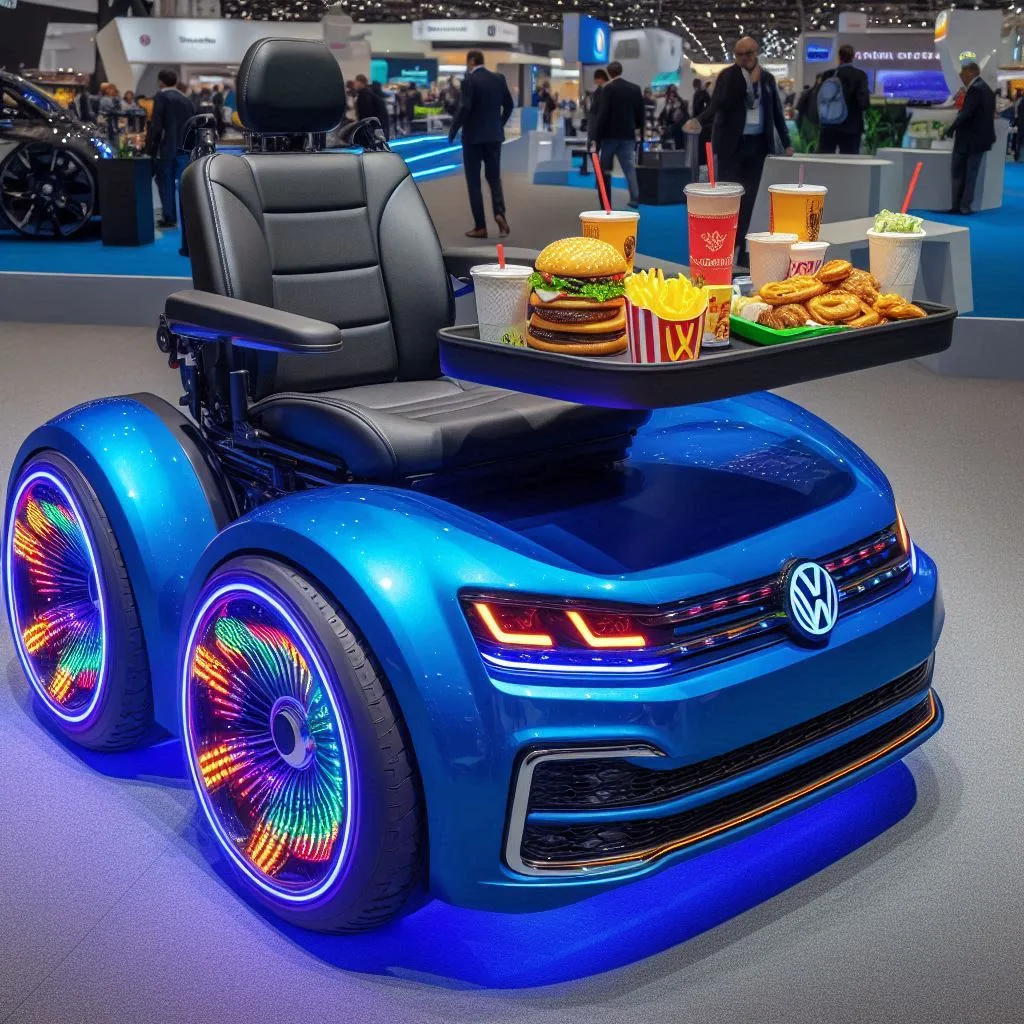The world of mobility aids is experiencing a revolutionary transformation through the integration of automotive design principles. At the forefront of this evolution is the Volkswagen-inspired wheelchair, a concept that merges German engineering excellence with adaptive mobility solutions. These innovative mobility devices don’t simply borrow aesthetic elements from the iconic car manufacturer—they incorporate fundamental engineering philosophies, material science advancements, and user experience principles that have made Volkswagen a global automotive leader.
While traditional wheelchairs have served essential functions for decades, the incorporation of automotive design thinking represents a paradigm shift in how we approach mobility solutions for people with disabilities. This comprehensive exploration will examine how Volkswagen’s engineering principles are transforming wheelchairs into more efficient, comfortable, and aesthetically pleasing mobility devices that enhance independence and quality of life.
The Evolution of Wheelchair Design: From Medical Device to Lifestyle Product
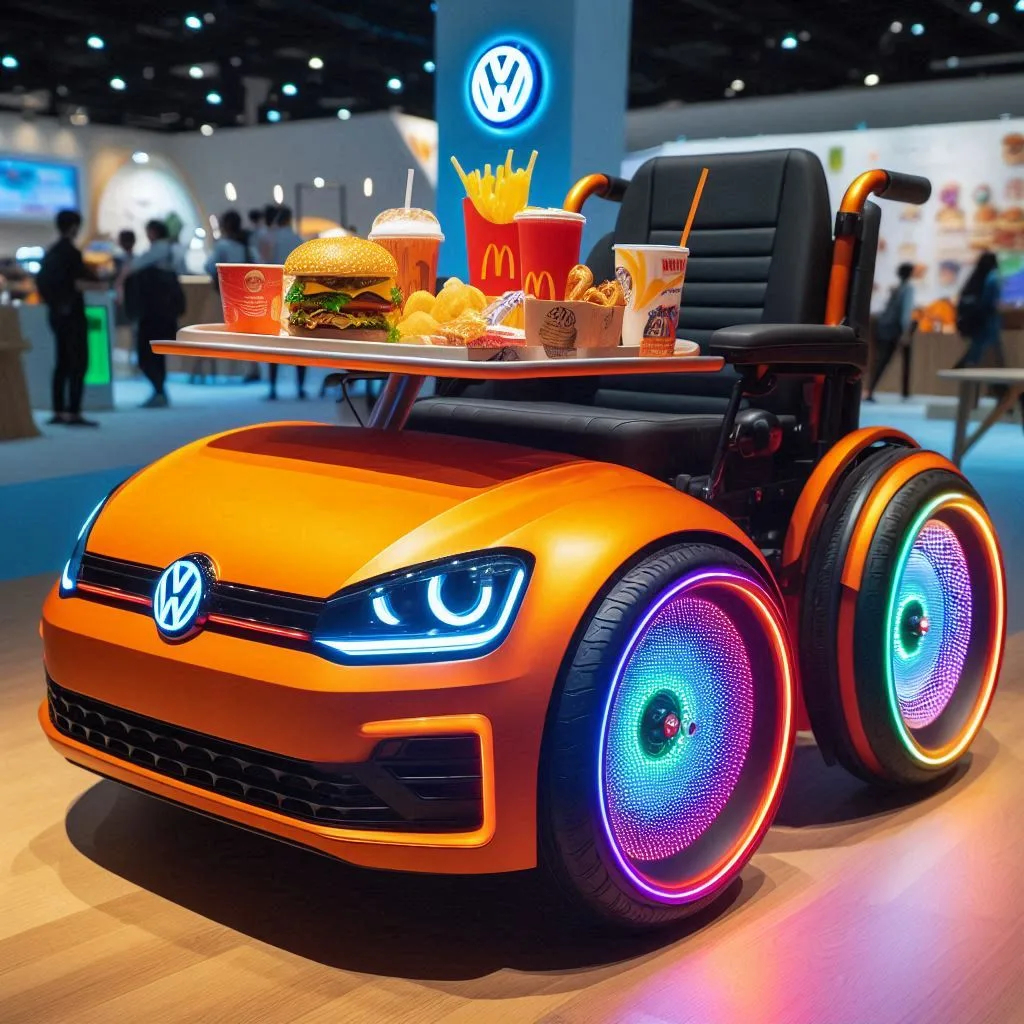
Historical Context of Wheelchair Development
The wheelchair’s journey from a purely medical apparatus to an expression of personal identity mirrors the evolution of automotive design. Early wheelchairs prioritized basic functionality, much like early automobiles focused solely on transportation rather than comfort or style. However, just as car manufacturers eventually recognized that vehicles represent extensions of their owners’ personalities, wheelchair designers are now embracing this same philosophy.
The Volkswagen Design Philosophy Applied to Wheelchair Mobility
Volkswagen’s approach to automotive design has always balanced form and function with accessibility. The company’s “people’s car” ethos—creating quality vehicles at attainable price points—translates remarkably well to wheelchair design. The Volkswagen-inspired wheelchair concept embraces several core principles:
- Democratic Design: Creating high-quality mobility solutions accessible to a broader range of users
- Form Follows Function: Ensuring aesthetic choices never compromise performance
- Timeless Styling: Developing designs that remain relevant despite changing trends
- User-Centered Approach: Prioritizing the actual needs and experiences of wheelchair users
Engineering Innovations in Volkswagen-Inspired Wheelchairs
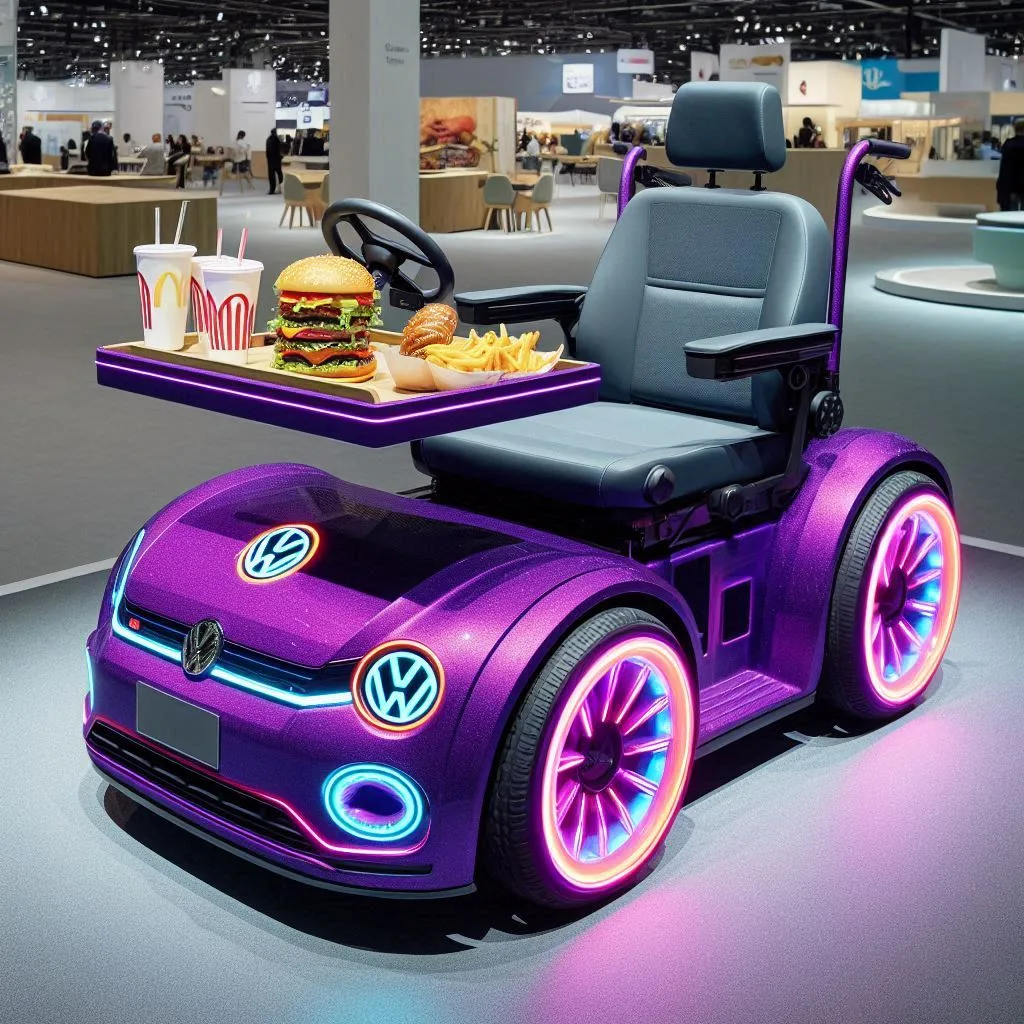
Lightweight Materials for Enhanced Mobility
One of the most significant contributions from automotive engineering to wheelchair design is material science innovation. Volkswagen’s expertise in lightweight yet durable materials has revolutionized wheelchair construction:
Advanced Aluminum Alloys
The same aluminum alloys that help Volkswagen achieve fuel efficiency are being repurposed for wheelchair frames, resulting in significantly lighter chairs that require less energy to propel. This adaptation is particularly beneficial for users with limited upper body strength.
Carbon Fiber Applications
Premium Volkswagen models incorporate carbon fiber components for their excellent strength-to-weight ratio. When applied to wheelchairs, these materials create ultra-lightweight frames that remain exceptionally durable. Although more expensive, these carbon fiber Volkswagen-inspired wheelchairs offer unparalleled performance for active users.
Ergonomic Advancements for Enhanced Comfort
Volkswagen has invested heavily in ergonomic research to ensure driver comfort during long journeys. This expertise translates exceptionally well to wheelchair design, where users spend significant portions of their day in the device.
Anthropometric Customization
Just as Volkswagen vehicles offer multiple seat adjustment options, Volkswagen-inspired wheelchairs feature highly customizable components that adapt to individual body dimensions. This customization reduces pressure points and minimizes the risk of repetitive strain injuries.
Pressure Distribution Systems
Advanced pressure-mapping technology, similar to that used in developing Volkswagen’s premium seating, helps create wheelchair cushions that redistribute weight optimally. This innovation significantly reduces the risk of pressure sores—a serious health concern for full-time wheelchair users.
Technological Integration: Smart Mobility Solutions
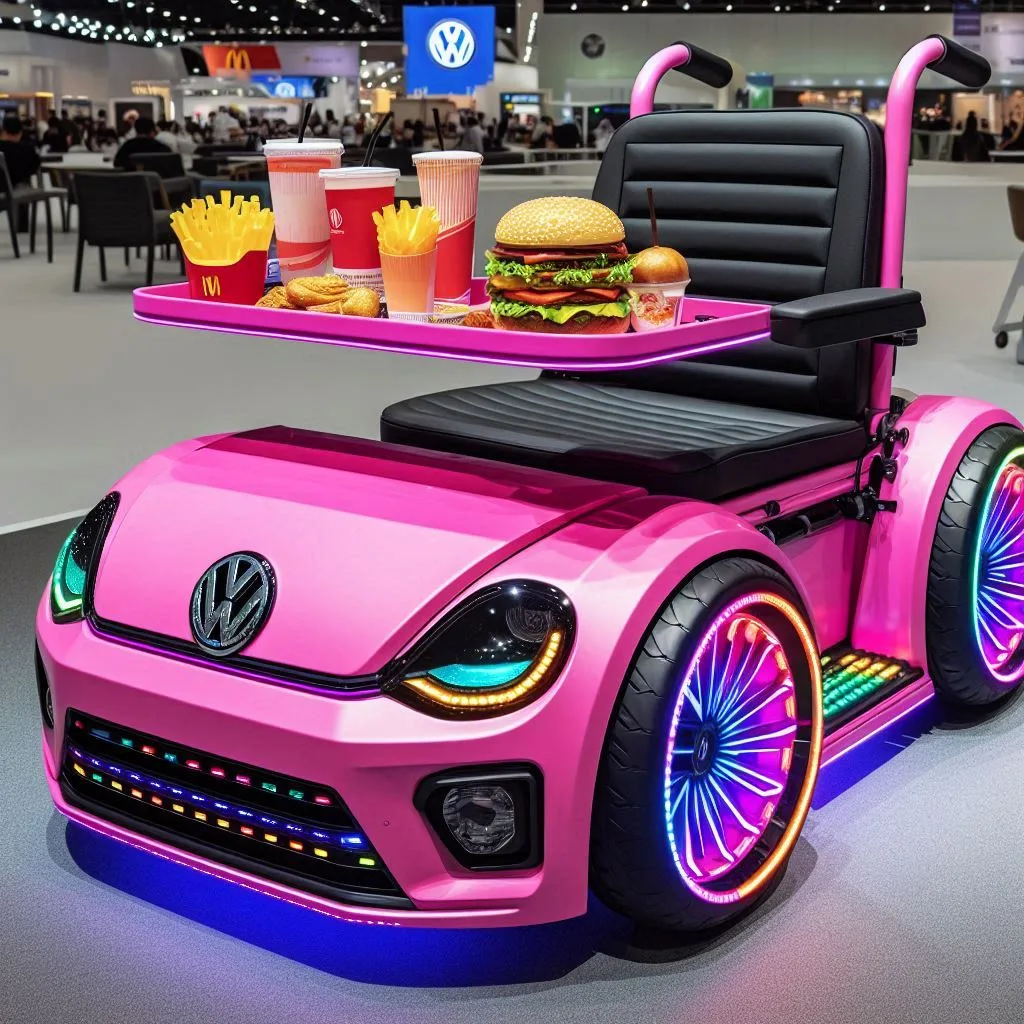
Power Assistance Systems
Drawing inspiration from Volkswagen’s electric vehicle technology, modern Volkswagen-inspired wheelchairs often incorporate intelligent power assistance systems:
Adaptive Propulsion Technology
Similar to regenerative braking in electric Volkswagens, advanced wheelchairs now feature systems that capture energy during deceleration and convert it into additional power for difficult terrain. This technology proves particularly valuable on inclines or uneven surfaces.
Intuitive Control Interfaces
Volkswagen’s focus on intuitive driver interfaces has influenced wheelchair control systems. Touch-sensitive controls, voice activation, and smartphone integration allow users to adjust chair settings without awkward mechanical adjustments.
Connected Wheelchair Capabilities
The modern Volkswagen-inspired wheelchair embraces connectivity similar to contemporary Volkswagen vehicles:
Navigation and Accessibility Mapping
Advanced wheelchair systems incorporate navigation specifically optimized for wheelchair users, highlighting accessible routes and avoiding obstacles. This technology draws directly from Volkswagen’s developments in automotive navigation systems.
Health Monitoring Integration
Some premium Volkswagen-inspired wheelchairs include biometric sensors that monitor user health metrics—similar to driver alertness systems in modern Volkswagens. These systems can track positioning to prevent pressure sores or alert caregivers to potential health concerns.
Aesthetic Considerations: The Visual Language of Mobility

Brand-Inspired Design Elements
The visual connection between Volkswagen vehicles and these innovative wheelchairs extends beyond superficial styling:
Characteristic Lines and Proportions
The clean, confident lines that distinguish Volkswagen’s design language translate effectively to wheelchair aesthetics. These design elements create visually balanced mobility devices that project sophistication rather than medical necessity.
Color and Material Selection
Volkswagen’s thoughtful approach to color and material selection influences wheelchair design through high-quality finishes and carefully considered color palettes that move beyond the institutional look of traditional medical equipment.
Customization Options
The Volkswagen approach to personalization translates beautifully to wheelchair design:
Personal Expression Through Design Choices
Modern Volkswagen-inspired wheelchairs offer extensive customization options, allowing users to select colors, finishes, and accessories that reflect their personal style—similar to how Volkswagen customers configure their vehicles.
Lifestyle-Focused Accessories
Complementing the core wheelchair design are accessories specifically designed for different lifestyles and activities, mirroring how Volkswagen offers lifestyle packages for different driver needs.
User Experience: Beyond Functional Mobility
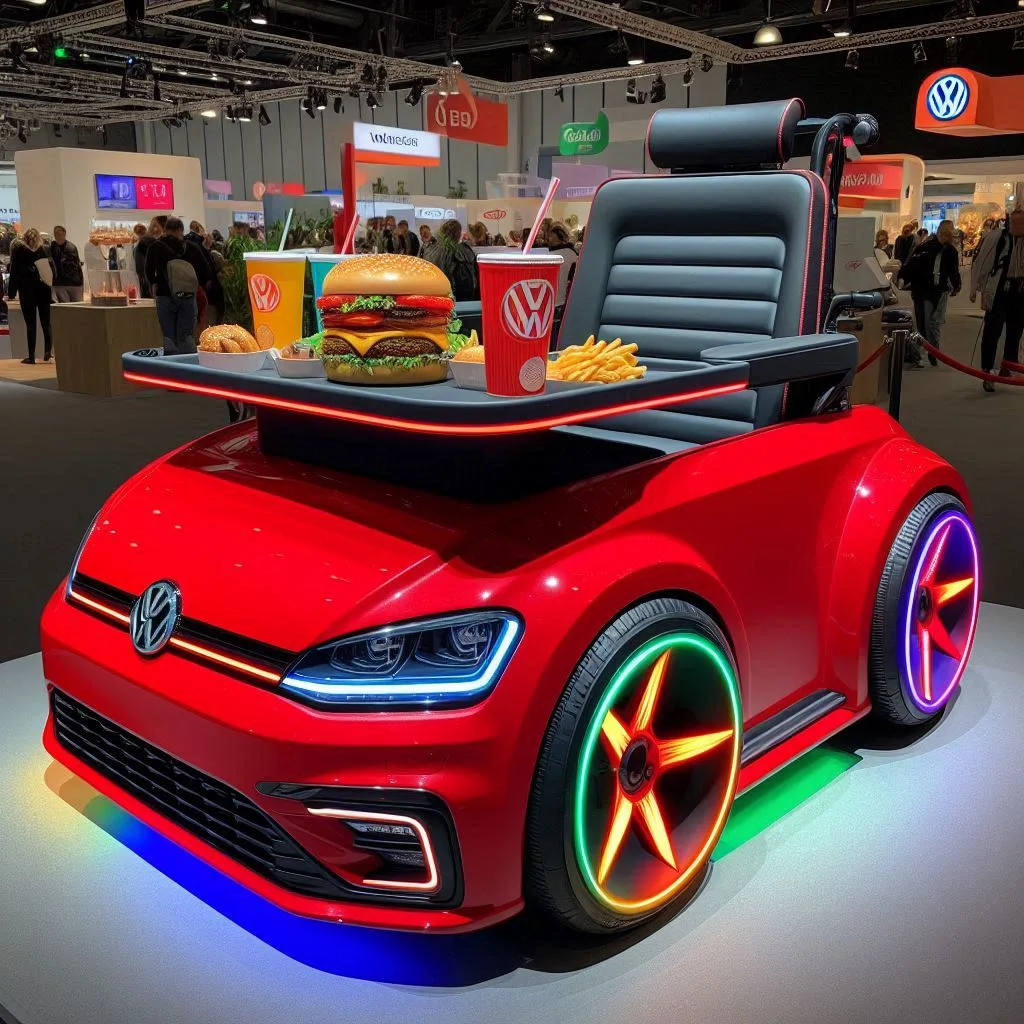
The Psychology of Mobility Independence
The Volkswagen-inspired wheelchair concept recognizes that mobility devices significantly impact users’ psychological well-being:
Destigmatizing Assistive Technology
By approaching wheelchair design with the same attention to aesthetics and brand prestige given to automotive design, these devices help reduce the stigma often associated with assistive technology.
Confidence Through Quality Engineering
Users report greater confidence when using mobility equipment they perceive as well-engineered and reliable—a direct parallel to how drivers feel about Volkswagen’s reputation for solid engineering.
Community Building Around Mobility Innovation
Similar to how Volkswagen enthusiasts form communities around their vehicles, users of Volkswagen-inspired wheelchairs are developing their own communities:
User Forums and Modification Communities
Online communities share customization tips, modifications, and personal experiences—creating knowledge bases that drive further innovation in this specialized design field.
Collaborative Design Input
Some manufacturers of Volkswagen-inspired wheelchairs actively engage user communities in the design process, similar to how automotive manufacturers gather feedback from dedicated customers.
Market Impact and Accessibility Considerations
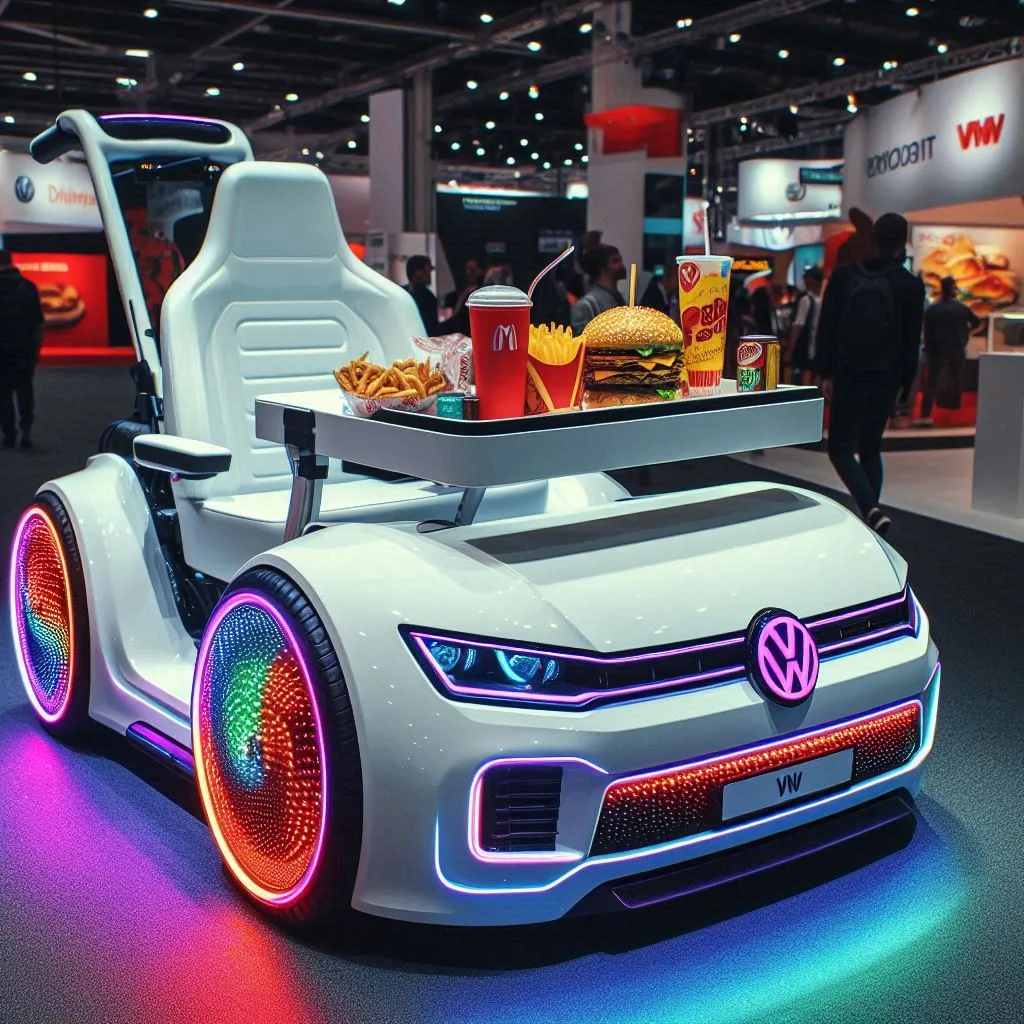
Economic Factors in Advanced Wheelchair Design
The application of automotive design principles to wheelchair technology raises important economic considerations:
Production Scale Economics
As these design innovations gain traction, manufacturing economies of scale similar to those in the automotive industry may help reduce costs, making advanced wheelchairs more accessible to users with various economic means.
Insurance and Funding Challenges
Despite their significant benefits, obtaining coverage for Volkswagen-inspired wheelchairs often requires navigating complex insurance systems that may not recognize the value of design innovations beyond basic functionality.
Regulatory Environment and Safety Standards
The intersection of automotive and medical device regulations creates unique challenges:
Harmonizing Safety Requirements
Volkswagen-inspired wheelchair manufacturers must navigate both transportation safety standards and medical device regulations—creating complex compliance requirements.
Certification and Testing Protocols
These innovative designs often require new testing protocols that properly evaluate their unique features while ensuring user safety remains paramount.
Future Directions: The Road Ahead for Volkswagen-Inspired Wheelchair Design
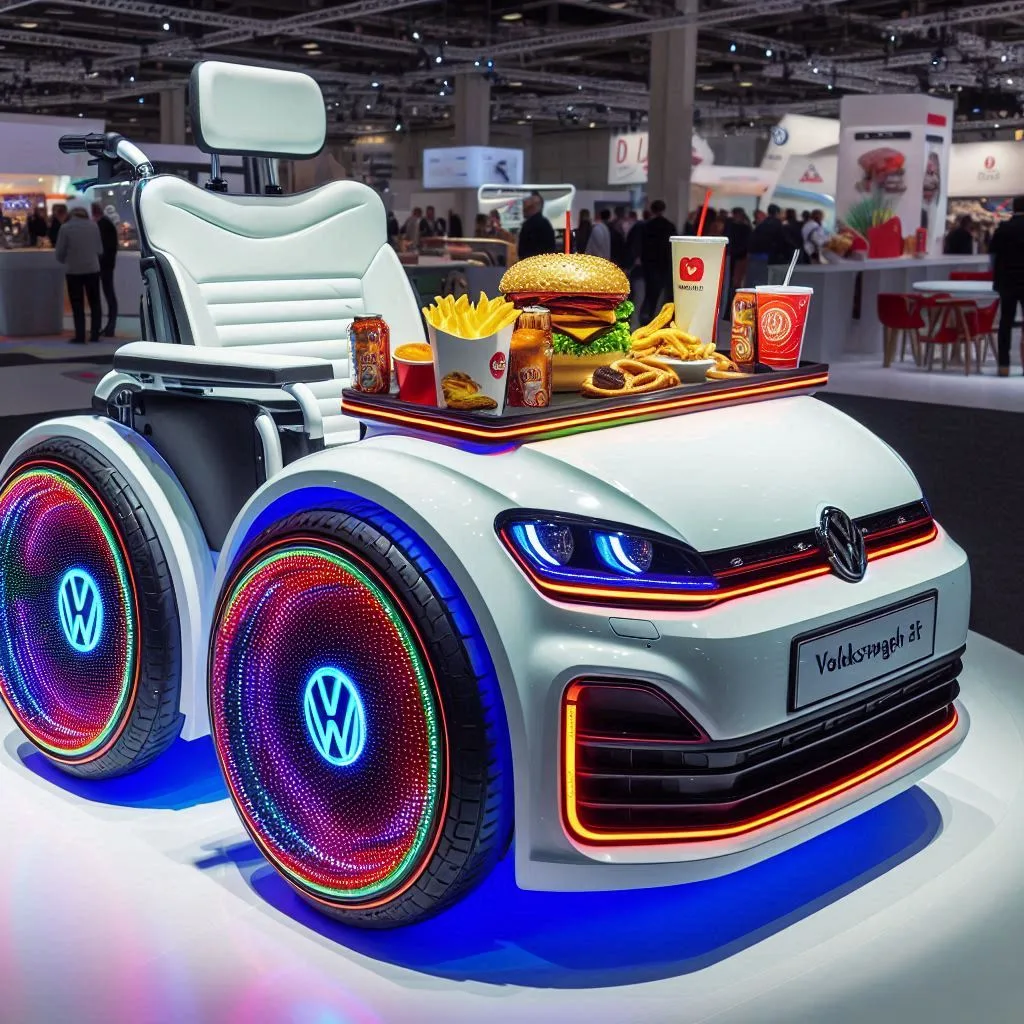
Emerging Technologies on the Horizon
The future of Volkswagen-inspired wheelchair design promises even greater innovation:
Autonomous Navigation Capabilities
Drawing from Volkswagen’s development of autonomous driving technology, next-generation wheelchairs may incorporate advanced obstacle detection and autonomous navigation features.
Alternative Energy Sources
Future designs may incorporate hydrogen fuel cell technology—an area of research for Volkswagen—to create wheelchairs with extended range and rapid refueling capabilities.
Broader Applications of Automotive-Inspired Design
The principles driving Volkswagen-inspired wheelchair design have implications beyond traditional wheelchairs:
Multi-Terrain Mobility Solutions
Design approaches pioneered in this field are influencing all-terrain wheelchairs and adaptive sports equipment, expanding accessibility to outdoor environments.
Integrated Transportation Systems
The boundary between personal mobility devices and transportation systems continues to blur, with concepts for wheelchair systems that integrate directly with vehicles and public transit.
Driving Forward the Future of Mobility
The Volkswagen-inspired wheelchair represents far more than a stylistic homage to automotive design—it embodies a fundamental rethinking of how we approach mobility solutions for people with disabilities. By applying the engineering excellence, material innovation, and user-centered design philosophy that distinguishes Volkswagen in the automotive world, wheelchair designers are creating mobility devices that enhance independence, dignity, and quality of life.
As this design approach continues to evolve, we can anticipate increasingly sophisticated mobility solutions that further blur the line between assistive technology and mainstream transportation design. The true measure of success for these innovations will be their ability to provide users not just with mobility, but with experiences that are comfortable, dignified, and empowering.
The Volkswagen-inspired wheelchair concept demonstrates that when we apply the best design thinking from one field to the challenges of another, remarkable innovations emerge. For users who depend on wheelchairs for daily mobility, these advancements don’t simply represent improved products—they represent expanded possibilities for how they navigate the world and express their identities.
The journey from utilitarian medical device to sophisticated mobility solution mirrors Volkswagen’s own evolution from practical transportation to automotive excellence. In both cases, the end result is a product that transcends basic functionality to become an integral part of the user’s identity and lifestyle.

